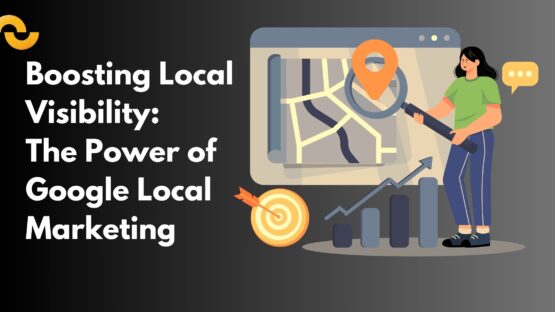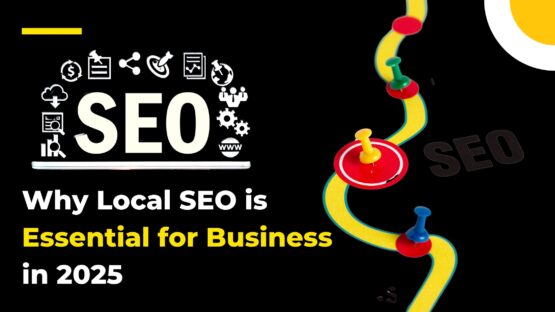If you have a business website, it’s important that the content of your website is optimized for increased visibility on search engines. This is mighty important for you to do because it is something that can define your website’s placement on major search engines such as Google, Bing, etc.
A higher ranking on SERP can automatically increase the odds of business in your favor. It can get you more:
- Clicks
- Shares
- Likes
- Engagements
Now those are exactly what the doctor ordered; there’s absolutely no doubt about it.
Remember, even if you have an amazing piece of content on your site, it would have zero meaning if nobody’s able to find it on the World Wide Web. SEO can breathe a new life into it by increasing its visibility. So, is SEO important? You bet it is!
Tips on writing a SEO-friendly website content
- Make sure your write-up is relevant to your website
Always think before you write.
Your write-up must be relevant to your website, and hence, it should be based on a topic that actually goes with the site; otherwise, it won’t give you the results that you had desired at the start. So sit down, research a few topics and jot them down on a piece of paper. There’s no hurry.
- Know how to structure your content for easy readability
Your article should have a clear structure. It should be something like:
- An introduction at the start.
- Some sort of a body which should be divided into paragraphs at repeated intervals on the basis of subheadings.
- A nice short conclusion to round it off.
- Optimize your article length
Your article should have a minimum of 300 words.
Search engines usually like long articles but that doesn’t mean you should go on and on and turn your article into something that’s equivalent of a novel. There should be a limit somewhere.
Our advice: Try to cap it around 700-800 words. And do try not to go beyond 1000.
- Link credible sources and a few of your previous content
Link structure is an important factor that’s capable of defining your ranking on search engines.
Provide credible source links (such as trusted Government links, trusted blog sites, encyclopedia and so on) in your site if you are stating facts and figures. Such a practice can also improve the reliability of your site and can bring in more traffic from the World Wide Web.
You can also link some of your previous articles (if you find them relevant enough) in your current article to get the best possible results.
- Use images if you can
Photographs are essential because they are the ones that can make your write-ups interesting and more engaging.
Remember, visual information is the most memorable information of the lot. The same factor is at play here.
Note: You can get free high-quality images from several FREE image sites for this purpose of yours such as:


![]()

There are many more sites who offer free images. Google can help you with that.
Technical tips on writing a SEO-friendly website content
- Do your keyword research well and place them STRATEGICALLY on your content
Let’s start with basics first like what is keyword research in SEO and how can you do it to perfection?
Keyword research is when you use certain relevant keywords to find and research search terms that people insert on different search engines.
Your focus should always be on LONG TAIL KEYWORDS (ones that have 4 words in total or more).
These two tools can help you with that:
Keywords can aid to improve the visibility of your website on search engines. But that doesn’t mean you should keep on stuffing keywords in your content. There’s a balance that needs to be maintained to get the best results in the long run.
Try to maintain a 0.5-2.5% keyword density in your content. Meaning, if your article is of 300 words, try to keep the number of keywords between 2 to 7.
- Write your URL slug well
Your URL slug must be optimized at all possible cost. A user-friendly URL is what counts. We’ll explain this with a few examples for better comprehensibility.
- DO NOT write horrible slugs like this one right here:
https://palmettowebdesign.com/blog/do-not-write-these-12565567868778979$#%? (X)
- DO NOT use long slugs like:
https://palmettowebdesign.com/blog/do-not-write-long-slugs-like-this-one-written-on-this-wesbite-write-shorter-one-instead (X)
- DO Write shorter SEO-friendly URL slugs like:
https://palmettowebdesign.com/blog/write-shorter-slugs
- Write carefully-optimized meta descriptions
The meta description is the text that’s used by search engines to show a brief description of the website content and is usually written in 2-3 lines just below the title.
Here’s an example (marked by a red square):
A Search engine results page on Google depicting meta descriptions (marked by a red square)
Try to optimize your meta description in the best possible manner. Use long tail keywords in your meta description only if they go with the flow. There’s no need to force them in just for the sake of it. It’ll look unethical on your end if you try to do it much.
Keep your descriptions short (preferably within 160 characters) to get the best results.
Tools that can help you frame a SEO-friendly content
- Hemingway Editor
Hemingway Editor can help you review articles for SEO optimization. It will analyze your article and highlight certain sentences that are too difficult to read. You may optimize them as per your convenience.
- Keyword Density Checker
The Keyword Density Checker checks your article and finds out how many times you have used a particular keyword in your content. If it’s too many, you may consider reducing it to prevent keyword stuffing.
- SEO On-Page Optimization Tool
This is an on-page optimization tool that’s capable of analyzing your website or any URL address and providing you with an overview of the different SEO optimization factors that you need to consider for optimizing that particular site of yours.
This tool is particularly very useful in SEO auditing purposes.
Conclusion
Always remember that having admirable content on your website along with a beautiful design to go with it aren’t going to do your site justice enough to survive in the long run. You need to think along the lines of SEO along with web design, especially if you think of monetizing your site to your benefits.
SEO expense isn’t just a cost. It’s an investment. In fact, it’s an invest that has a high ROI (return on investment). So what are you still waiting for?
Image Courtesy: Pixabay.com




